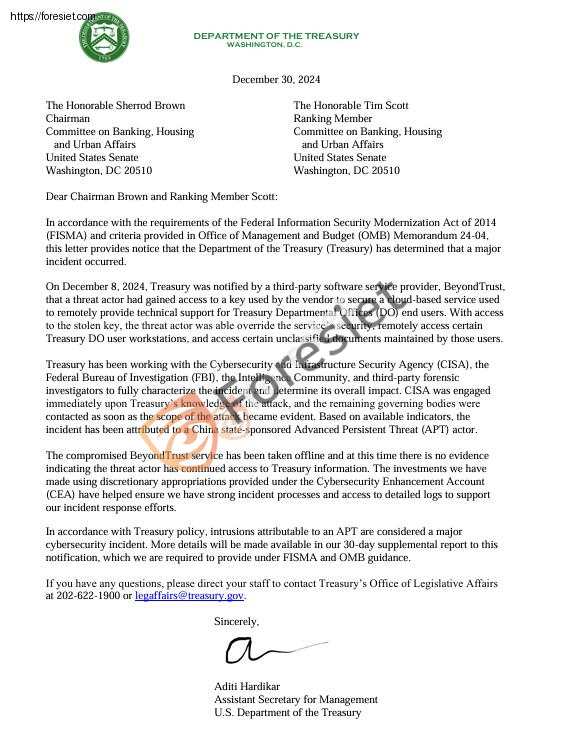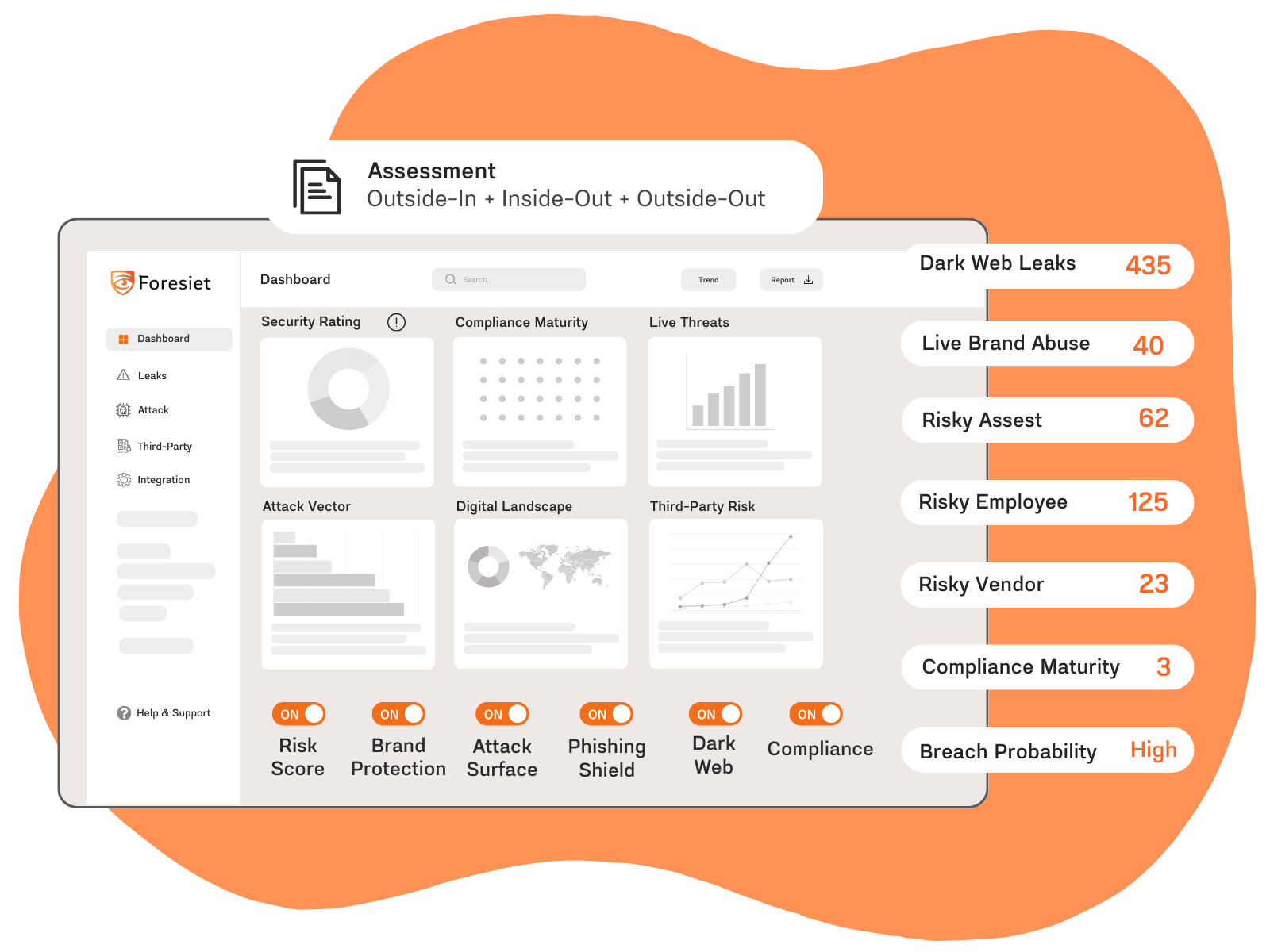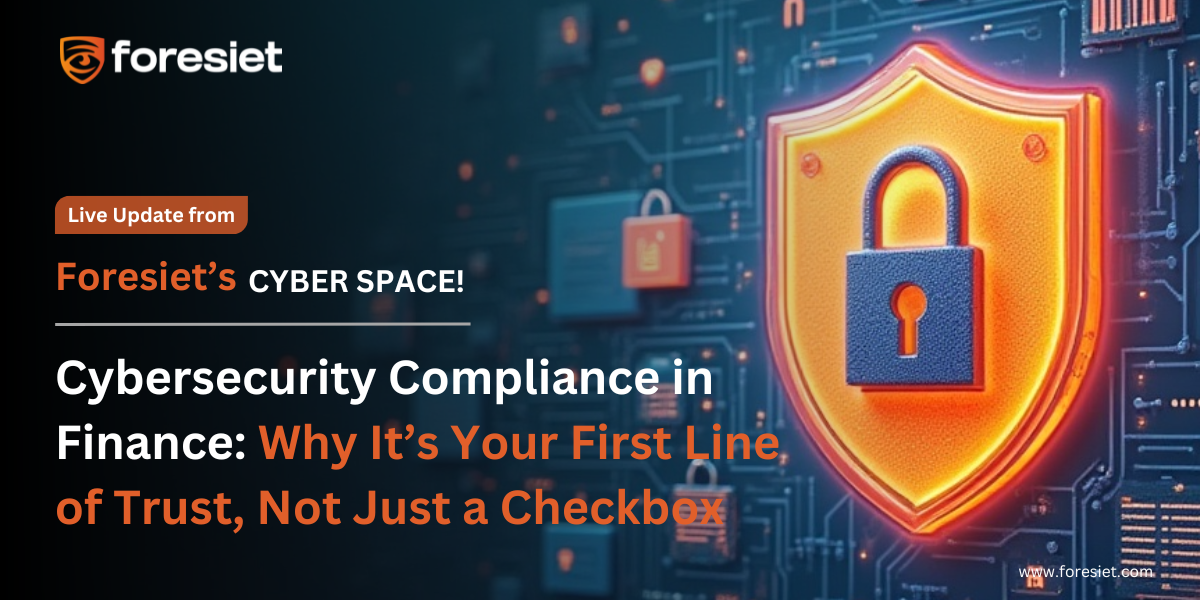Chinese State-Sponsored U.S. Treasury Cyber Breach Overview

Introduction
An advanced breach early December 2024 seemed to be of the United States Treasury Department-focused. This is a hacking that was sponsored by a Chinese state-sponsored Advanced Persistent Threat group. Therefore, the roots of the break were through exploits of vulnerabilities within vendor risk management software from BeyondTrust, as BeyondTrust emphasizes providing better services in cyber-risk management. breach illustrates how complex cybersecurity risks are growing and that essential government systems are vulnerable.
The exploitation used advanced attacks on IT risk management tools, with continuous digital risk monitoring and sophisticated advanced cybersecurity risk assessment tools being stressed. This particular incident requires companies to implement enhanced risk management company strategies, improve the quality of security risk assessments, and obtain reliable cyber risk assessment services.
This breach also raises concerns about attack surface management and dark web monitoring, important components of modern cybersecurity intelligence. Threat intelligence platforms and phishing detection services can significantly play a role in identifying and mitigating such threats in the future.Thus, complete anti-phishing solutions along with proactive digital risk protection can assist organizations to better defend against a shifting cyber threat landscape.
Incident Overview
An early December 2024 cyber security risk assessment brought a critical breach to light against the United States. It is claimed to be made by a Chinese state-sponsored Advanced Persistent Threat group. The attacker assessed weaknesses in vendor risk management software, developed by BeyondTrust. It means there is an ever-increasing need for strong cyber risk management services, capable of shielding sensitive systems managed by governments.
The breach was first observed when BeyondTrust, the biggest firm offering remote support software, notified the U.S. Treasury that on December 8, 2024, someone had stolen an authentication key. This authentication key was crucial to the cloud-based services that the attackers exploited in unauthorized remote access to Treasury computers. The attackers accessed some workstations of Treasury employees and exfiltrated some unclassified documents. The real content as well as the sensitivity of the files stolen remain unknown, but what is critical to this incident is the vulnerability in third-party software dependencies.

Treasury Department Acknowledges Major Cybersecurity Breach in Official Letter
The U.S. Department of the Treasury officially alerted the Congress through a letter, dated December 30, 2024, concerning an important cybersecurity incident. A letter dated December 30, 2024, addressed to a list of key Senate leaders provides details on how some unclassified documents in Treasury systems were accessed unauthorized by a Chinese state-sponsored Advanced Persistent Threat (APT) group that exploited vulnerabilities in the software of BeyondTrust. This incident points out the dangers of depending on third-party software and makes a case for strong cybersecurity measures.
Exploitation of BeyondTrust Vulnerabilities
The attack was conducted through two important vulnerabilities of the BeyondTrust's remote support software called CVE-2024-12356 and CVE-2024-12686.Both exploitations took place in the use of the software of more than 20,000 clients of all countries' agencies, especially in financial agencies, government organizations, and worldwide big companies. More information:
- CVE-2024-12356: It is a mechanism bypass for authentication of cloud-based services. They were able to obtain the authentication key without proper authentication in order to create trust among multiple systems.
- CVE-2024-12686: This one had privilege escalation vulnerabilities that the attacker could exploit to run arbitrary commands on the compromised systems. Gaining the authentication keys made the combination turn deadlier as it progressed to full system compromise.
BeyondTrust has since published patches for these vulnerabilities and published recommendations for additional security measures. Still, the breach shows the danger of unpatched software and reliance on third-party platforms.
Impact Analysis
The implications of the breach go far beyond the theft of documents in the immediate instance. It raises critical concerns regarding:
- Supply Chain Vulnerabilities: The BeyondTrust breach shows systemic vulnerability to third-party vendors. The hackers normally go in through third-party vendors since it is easier and less detectable to breach a deeper system.
- Operational Disruption: It forced Treasury to take the affected systems offline, thus clearly showing the cascading effects of a cyber-attack on basic government functions.
- National Security Risks: Although the stolen documents were themselves unclassified, the incident leaves open avenues for more sensitive data in the future.
- Economic Repercussions: The attack broke Treasury's trust on its cybersecurity and could have been reflected in the financial markets as well as the masses.
Timeline of Events
- December 5, 2024: BeyondTrust found an exposed API key in one of its Remote Support products, which was locked immediately.
- December 8, 2024: BeyondTrust informed the U.S. Treasury Department to the breach, reporting that attackers had compromised an authentication key. The authentication key granted access to Treasury workstations and unclassified documents.
- December 16, 2024: BeyondTrust released patches for the following critical vulnerabilities that were used during the breach, including CVE-2024-12356, which fixes security flaws that allowed the attack to occur. For cloud customers, the update will be done automatically. For on-premises customers, apply patches as soon as possible.
- December 30, 2024: The Treasury Department released public information stating that it was hacked by a Chinese state-sponsored actor. It confirmed that the compromised service was taken offline, and no unauthorized access was detected after this.
- January 1, 2025: Many outlets reported that the hack did target the Treasury's Office of Foreign Assets Control and Office of Financial Research, but a Chinese government spokesman denied involvement in the breach, claiming the allegations are baseless.
This timeline outlines the key events of the incident, from detection to public disclosure.
Comparison to Past Incidents
This breach bears similarities with another major cyberattacks that have recently taken place:
- SolarWinds (2020): Russian state-sponsored actors compromised Orion software affecting numerous US federal agencies.
- Microsoft Exchange Server (2021): The APT groups from China targeted zero-day vulnerabilities in thousands of organizations around the world.
- Colonial Pipeline (2021): The DarkSide ransomware attack severely disrupted the US's critical fuel supply lines.
The following are examples of increasingly sophisticated cyber threats and an urgent need for proactive defense.
Lessons Learned and Recommendations
- Enhanced Vendor Management: Agencies must rigorously vet third-party vendors and enforce stringent cybersecurity requirements.
- Timely Patch Management: Organizations should pay particular attention to rapidly deploying security patches to reduce vulnerability exposure.
- Zero Trust Architecture: Zero trust principles may enable organizations to lock down lateral movements within their network and restrict breach effect.
- Improved Threat Intelligence Sharing: The need for better collaboration between government agencies and private companies is imperative to detect and mitigate threats early.
- Regular Security Audits: Periodic audits of software dependencies and configurations may reveal weaknesses.
- Employee Training: Continuous training in cybersecurity by the employees lowers risks from phishing and social engineering attacks.
Strengthening Cyber Defenses with Foresiet
A cyber security company like Foresiet plays a strategic role in preventing such incidents as this breach in the U.S. Treasury. Being proactive in using threat intelligence to identify vulnerabilities coupled with comprehensive assessments and monitoring ensures that organizations acquire the ability to identify vulnerabilities long before the enemy exploits them. With zero-trust architecture implementation and security audits conducted regularly, the chances of even lateral movement in a network are reduced significantly by Foresiet.
But then Foresiet also offers custom incident response services, thus swift containment and recovery if there is a breach. They help in staying on top of emerging cyber threats through continuous training of employees together with high-end detection technologies.
Conclusion
December 2024 witnessed the breaking of the US Treasury Department in an incident showing the world what actually today's cyberspace looked like. Evolving cyber threats demand equal shifting of defense gears.
This very breach highlights security needs, observant monitoring and cooperative efforts by all to save their crucial systems. Drawing lessons from such breaches and imposing more robust securities can help in preparation for more severe challenges for a firm to face as a part of tomorrow's security landscape.
About us!
Foresiet is the pioneering force in digital security solutions, offering the first integrated Digital Risk Protection SaaS platform. With 24x7x365 dark web monitoring and proactive threat intelligence, Foresiet safeguards against data breaches and intellectual property theft. Our robust suite includes brand protection, takedown services, and supply chain assessment, enhancing your organization's defense mechanisms. Attack surface management is a key component of our approach, ensuring comprehensive protection across all vulnerable points. Compliance is assured through adherence to ISO27001, NIST, GDPR, PCI, SOX, HIPAA, SAMA, CITC, and Third Party regulations. Additionally, our advanced antiphishing shield provides unparalleled protection against malicious emails. Trust Foresiet to empower your organization to navigate the digital landscape securely and confidently.
Protect your brand, reputation, data, and systems with Foresiet's Integrated Digital Risk Platform. 24/7/365 threat monitoring for total peace of mind.


July 10, 2025, 9 a.m.
